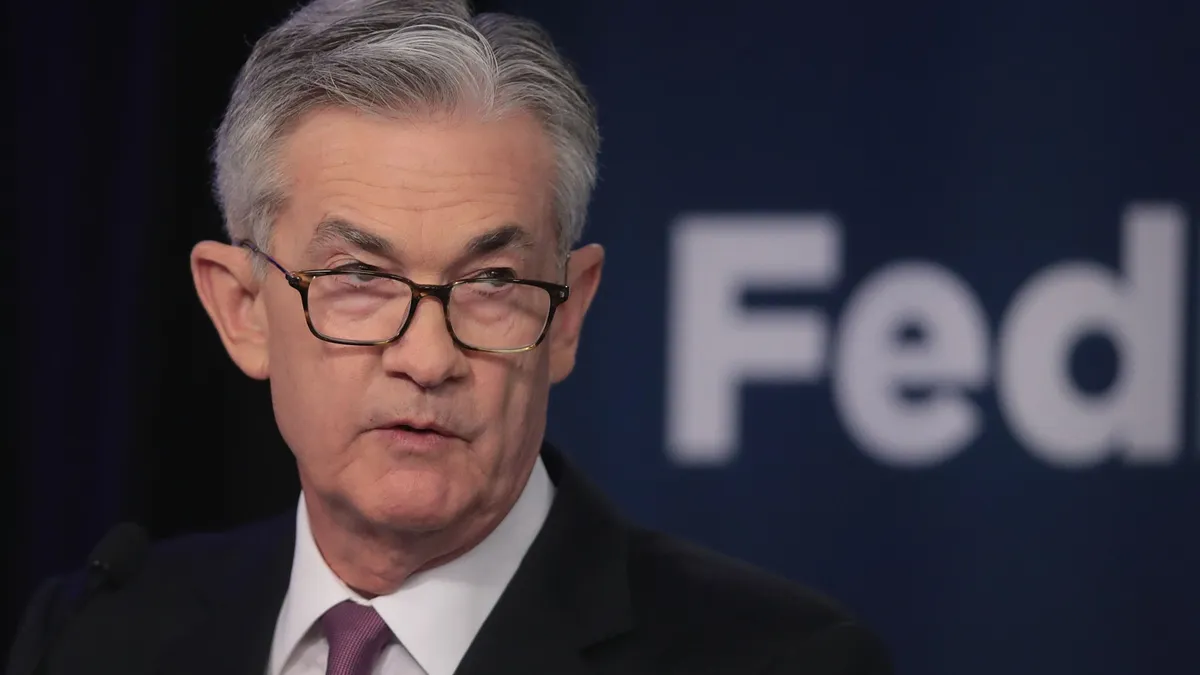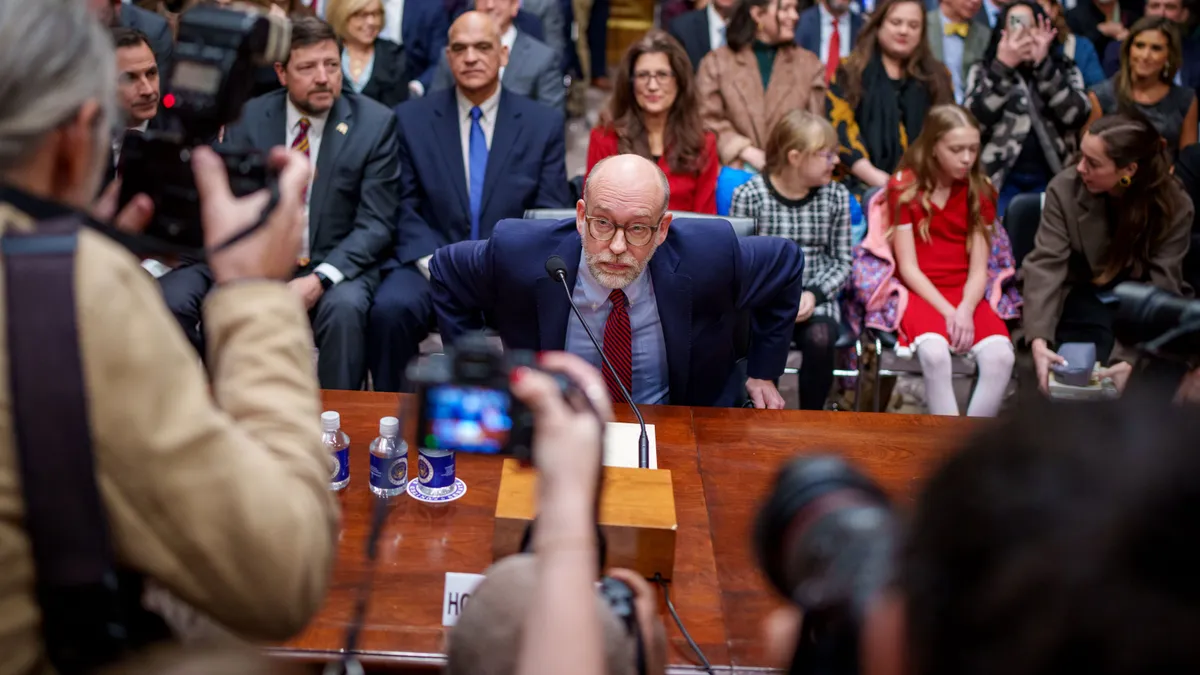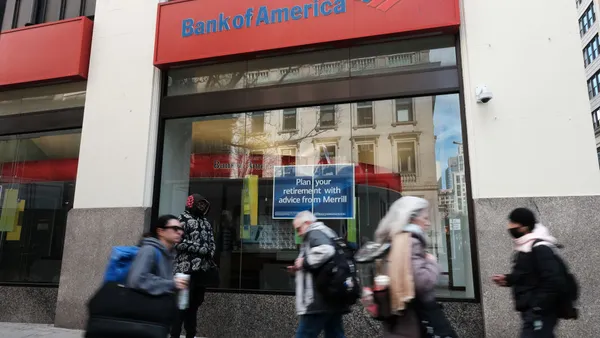The runtime of Federal Reserve Chair Jerome Powell’s speech Friday at the Kansas City Fed’s annual policy forum in Jackson Hole, Wyoming, was nearly double that of his speech last year.
Yet the takeaways were similar (or in his view, “the same.”)
“Although inflation has moved down from its peak — a welcome development — it remains too high,” he said. “We are prepared to raise rates further if appropriate, and intend to hold policy at a restrictive level until we are confident that inflation is moving sustainably down toward our objective.”
Here are four key takeaways:
The Fed isn’t done with restrictive monetary policy.
“Restrictive” held a word-of-the-day quality in Powell’s speech, said seven times — some in reference to the Fed’s monetary policy over the last year, and some looking forward.
Looking backward, at changes in interest rates and a tightening in bank lending standards, Powell said, “Restrictive monetary policy has tightened financial conditions, supporting the expectation of below-trend growth.”
Looking forward, addressing reports of robust consumer spending, he said, “Additional evidence of persistently above-trend growth could put further progress on inflation at risk and could warrant further tightening of monetary policy.”
Looking forward, addressing the promising-but-incomplete rebalancing of the labor market, driven by strong workforce participation and an increase in immigration to pre-pandemic levels, he said, “We expect this labor market rebalancing to continue. Evidence that the tightness in the labor market is no longer easing could also call for a monetary policy response.”
Inflation is down, but not by enough.
Headline inflation — what households and businesses experience most directly — fell to 3.3% as of July, down from its 7% high in June 2022. And, on a 12-month basis, headline inflation declined to 4.3% in July, down from its 5.4% peak in February 2022.
But a couple of months of good data are “only the beginning of what it will take to build confidence that inflation is moving down sustainably toward our goal,” Powell said.
“We can't yet know the extent to which these lower readings will continue or where underlying inflation will settle over coming quarters. Twelve-month core inflation is still elevated, and there is substantial further ground to cover to get back to price stability,” he said.
2% remains the inflation target.
The goalpost has not and will not move, Powell explained.
“It is challenging, of course, to know in real time when such a stance has been achieved,” he said, with the Fed’s understanding “complicated by uncertainty about the duration of the lags with which monetary tightening affects economic activity and especially inflation ... The wide range of estimates of these lags suggests that there may be significant further drag in the pipeline.”
Until that’s determined, though, they’ll be assessing their progress.
“At upcoming meetings, we will assess our progress based on the totality of the data and the evolving outlook and risks. Based on this assessment, we will proceed carefully as we decide whether to tighten further or, instead, to hold the policy rate constant and await further data,” Powell said Friday. “We will keep at it until the job is done.”














